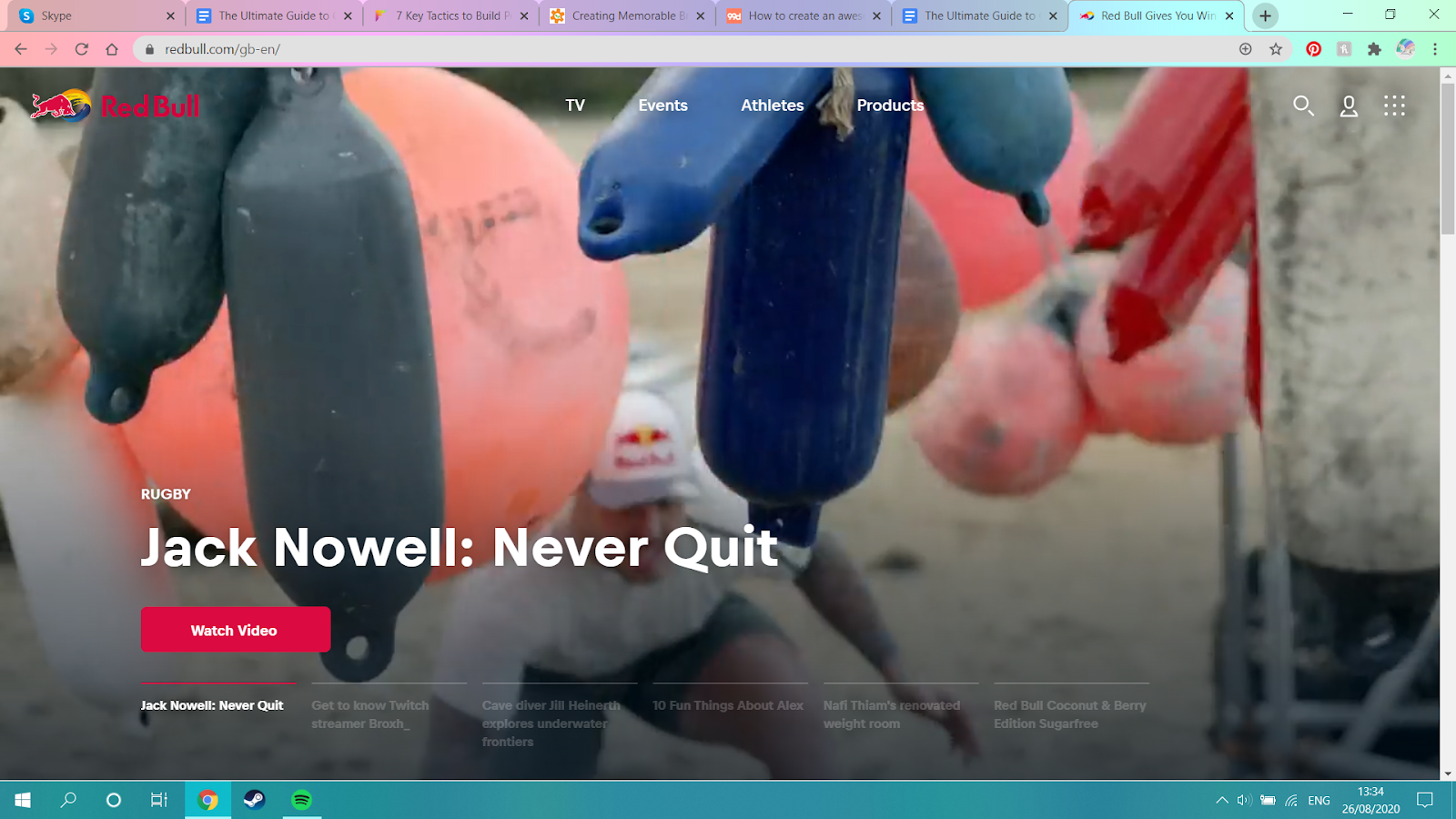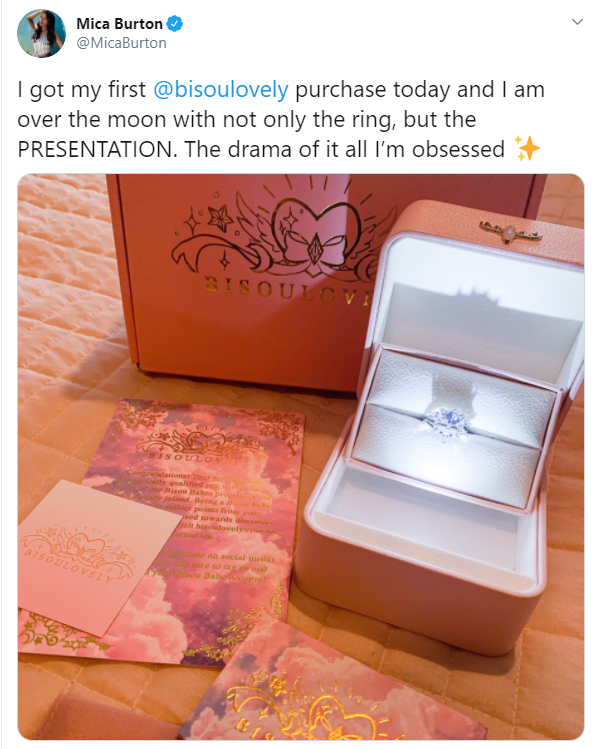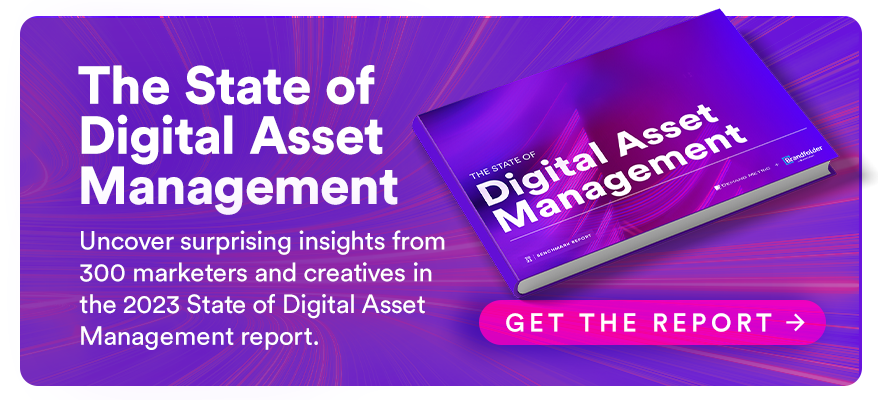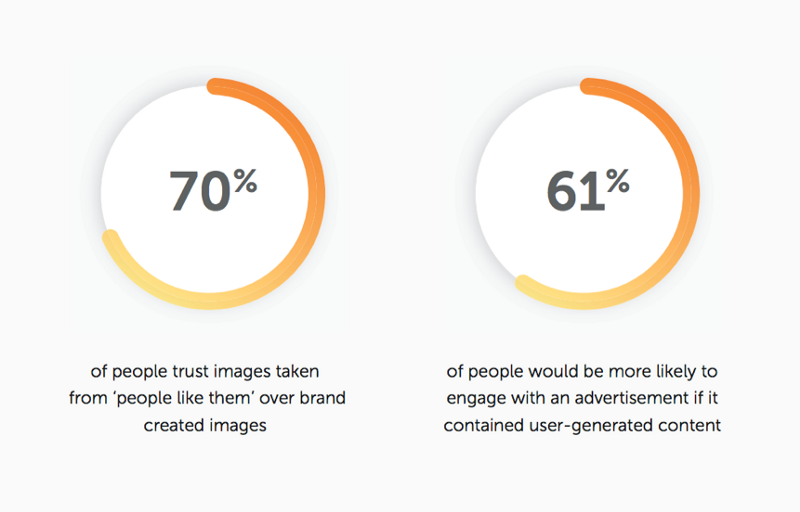The Ultimate Guide to Creating a Successful Brand Experience
Brand experience goes beyond your visual identity, your customer service, or your physical products. It’s an amalgamation of everything that happens between a customer and your business. It’s no longer enough to have a nicely designed website and a good range of products. To really stand out, and to keep customers coming back, you need to have an exceptional brand experience.
Establishing a successful brand experience is no easy task, and no two brands are the same, but there are some guidelines any business can follow to achieve an engaging identity that their audience will find continually relatable.
Understand Who You And Your Brand Are
In order to create a successful brand experience, you need to know who you are as a brand. This isn’t just about what you sell, but what brand values you represent. Think about some well-known brands. Red Bull is a great example - at their core, they sell energy drinks. They also sell a lifestyle, focused on extreme sports, accomplishment, and risk-taking. When you buy a Red Bull product, you’re buying into this image.

Any experience someone has with your brand needs to fit into this image, identifying with the life your brand takes on as part of their own - which is why Red Bull’s website focuses on people who their customers may aspire to be.
Understanding who you are beyond what you sell is vital to crafting a successful brand experience. Do you sell makeup? If so, are you looking to appear luxurious and exclusive, or youthful and fun? If you sell a small business phone system, do you want to focus on silicon valley style entrepreneurship or updating traditional mom and pop stores? Knowing these details about your brand and its story will help you craft the experience to match.
Create A Consistent Brand Voice
Now you know who you are, it’s time to craft a distinctive brand voice to reach your audience. This should be applied across all points at which a customer may interact with you, from social media to phone calls. That’s not to say that your remote working call team needs to speak exactly like the text on your website, but that there should be consistency in communication. For example, if you present yourself as accessible, with a simple to understand tone, then you don’t want your customers calling in and getting blindsided by someone using a lot of technical jargon straight off the bat.
Focus On Pre-Sale and Post-Sale
The pre-sale and post-sale experience is just as important as the actual sale itself when it comes to meeting brand guidelines.. Think about physical storefronts that provide free samples or let you test products in-store before you buy. Some stores are even using augmented reality to add another layer. This approach is creating a positive brand experience, even for people who might choose to leave - at least for the time being - without purchasing anything.
There are plenty of ways you can take these lessons and apply them to ecommerce. You want your website to be easy to navigate, as well as visually appealing. Is it clear when something has been added to the basket? Do current discounts automatically apply themselves? Is it well-categorized with an excellent search tool? If a website is hard to use, potential customers will have a bad experience - something you really want to avoid.
When it comes to post-sale, think about what kind of support customers might need. If you provide an ongoing service - something like SaaS marketing, subscription-based software, or IT support - then this is especially important.
Some things you can do to improve the post-sale experience include having:
- The ability to look up order details easily
- Video tutorials for the product
- A comprehensive FAQ page
- An easy to contact customer service team
Many brands are redefining the customer relationship, encouraging an ongoing,rather than a one-off, transaction. Creating things that will keep people coming back, even when they’re not specifically looking for a product, is the key.
You can also focus on making the experience of receiving their order special. Some smaller independent sellers add little bonuses like packets of sweets, whilst larger retailers might add some free samples or a discount code for use in future. Well designed packaging that matches your brand identity is worth investing in, too.

Encourage User-Generated Content (UGC)
When thinking about how to present your brand online, a lot of thought goes into social media accounts, digital ad spend, and website design. However, there’s a big category of content that is often undervalued, and that’s the material which is user-created. This can be anything provided by a user - a review, a photo, or even an off handed mention.
People tend to trust content created by other customers in a way they don’t trust your own content or influencer marketing - there’s something about it that’s completely genuine.
As well as sharing and engaging with user-created content that arises naturally, you can also encourage it. Contests and giveaways are a great way to do this. For instance, a makeup brand might say ‘share your best looks created with our palettes and win our brand new range’. This will lead to a huge amount of images being shared around that advertise pre-existing products and help build hype for the new ones mentioned as well.
Watching existing customers talk about their positive experiences of a brand gives potential customers assurance that they will also have that kind of experience.
Follow Current Trends
When we say follow trends, we don’t mean just imitate them and hope it works. Instead, you need to bring your own unique - and sincere - take on whatever is current.
A good example of this is the eco-friendly movement. As it grew more popular, brands started to jump on board and start talking about what they were doing to help. Consumers quickly rooted out those who were genuinely engaged from those who were ‘greenwashing’ (using green marketing in a way that isn’t representative of their processes). Brands that were genuinely committed gained new customers and adapted their brand experience into one that was eco-friendly.
You can also share pre-existing content that relates to current discussions. For instance, if you see a lot of talk about what the technology means for business, you could share content about the future of work. If it’s International Women’s Day for instance, maybe celebrate by sharing some interviews with the women on your team. As long as it’s related and relevant, chances are it’s worth sharing.
Demonstrate Brand Value Worth Engagement
It’s time to go a step beyond selling your products and start selling your brand as top of its field. One excellent way to do this is to create informative, unique content. If you’re a software company, you could have guides on topics like ‘getting the most out of your devops’ or ‘security and the cloud’. Clothing retailers might have behind-the-scenes exclusive videos at fashion events. Homeware stores could create visual DIY guides or troubleshooting suggestions for common home problems.
This kind of content makes your brand worth engaging with, and creates an experience beyond an individual transaction. Let’s go back to the example of Red Bull. People may go to them to buy energy drinks, but they also go to them to find out about upcoming extreme events, read about aspirational figures, and watch videos about unique subcultures. People want to engage with them - making it a hugely successful brand experience and one you can look to emulate as you develop your own.
About this author:
Sam O'Brien is the Director of Digital and Growth for EMEA at RingCentral, a Global VoIP, video conferencing and call centre software provider. Sam has a passion for innovation and loves exploring ways to collaborate more with dispersed teams. He has written for websites such as Keap and Hubspot. Follow him on LinkedIn.



